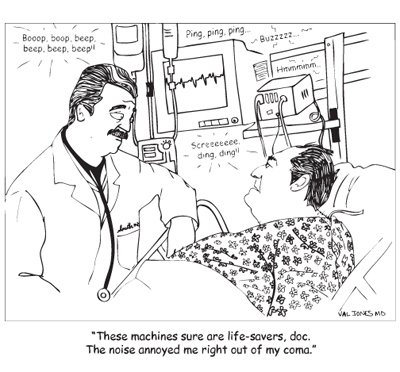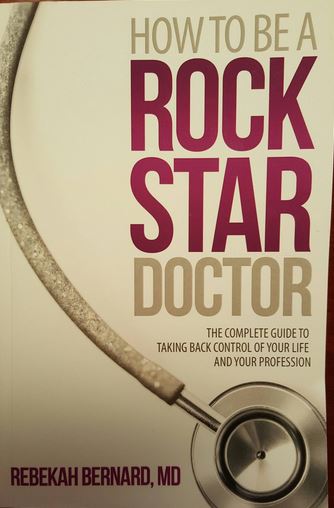October 6th, 2010 by StevenWilkinsMPH in Better Health Network, Health Tips, Research, True Stories
No Comments »

A 69-year-old woman who swims in my master program came back to the pool after a total knee replacement. I asked her how she was doing. She said she is still in a lot of pain because of her physical therapy. She said that her physical therapist was disappointed that she still was still unable to achieve full flexion of 120 degrees. Why 120 degrees? Did you set that goal I asked her? “No,” she said, “the therapist did.”
She went on to tell how she already had more range of motion in her knee than she did before the surgery. My friend was quite satisfied with her progress and wanted to stop physical therapy. The pain from the PT was worse than anything she had experienced before the knee replacement. I knew she and her 80-year-old boy friend were going on a cruise and she didn’t want to still be hobbling around.
It turns out that patients and physicians disagree on quite a few things. We hear a lot about patient-centered care. You know, that’s where the provider is supposed to consider the patient’s needs, preferences, and perspective when diagnosing and treating health problems. But medicine is still very provider-centered. Read more »
*This blog post was originally published at Mind The Gap*
August 18th, 2010 by Shadowfax in Better Health Network, Health Policy, News, Opinion
No Comments »

An alert reader alerted me to this related piece in Slate: “We Can’t Save You: How To Tell Emergency Room Patients That They’re Dying.” An excerpt:
The ER is not an easy place to come to these realizations or assess their consequences. A handful of physicians are trying to change that. Doctors like Tammie Quest, board-certified in both palliative and emergency medicine, hope to bring the deliberative goal-setting, symptom-controlling ethos of palliative care into the adrenaline-charged, “tube ’em and move ’em” ER. Palliative/emergency medicine collaboration remains rare, but it’s growing as both fields seek to create a more “patient-centered” approach to emergency care for the seriously ill or the dying, to improve symptom management, enhance family support, and ensure that the patient understands the likely outcomes once they get on that high-tech conveyor belt of 21st-century emergency medicine.
Emergency medicine and palliative care-certified? That’s an interesting mix. We have a great palliative care service where I work (in fact, it just won the national “Circle of Life” award.) It makes a lot of sense to have a palliative care nurse stationed in (or routinely rounding) the ER, though. I think I’m going to suggest this to our hospice folks.
*This blog post was originally published at Movin' Meat*












